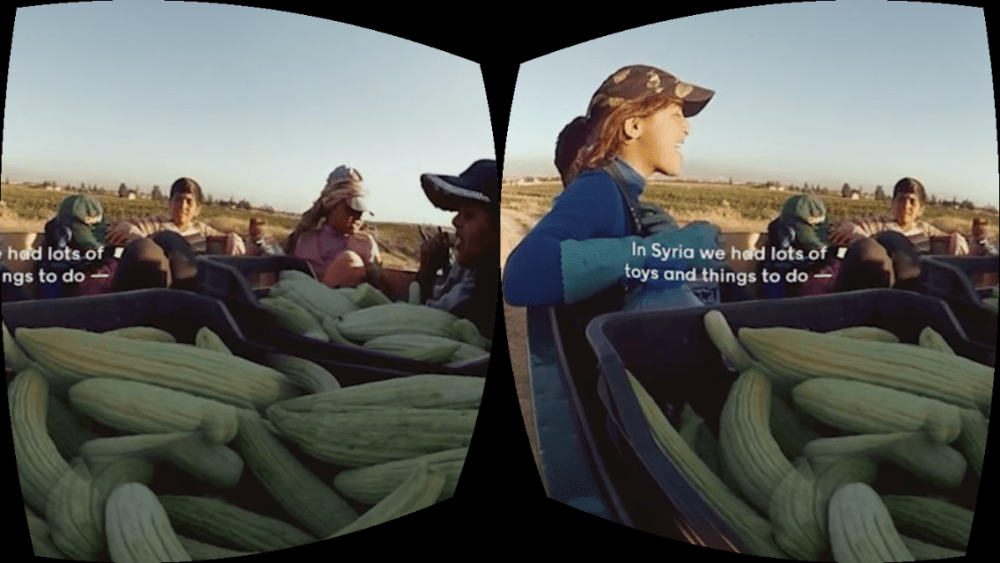Just over a month ago, the Architechnologist asked “Did Virtual Reality Just Have Its Watershed Moment?” and we were left with one big question: will there be large enough numbers of consumers who embrace virtual reality (VR) to support further development? The Editor’s Letter in today’s The New York Times Magazine certainly threw the weight of the Gray Lady behind VR as an important development in news media.
By breaking free from the rectangular editorial frame of a traditional documentary film, V.R. invests the viewer with an uncanny feeling of agency, a sense of being able to look around for yourself. Your living room or kitchen falls away. Turning this way and that, examining the sky or a cucumber or a lily pad, you begin to feel present in these vivid locations, a virtual witness to these children’s precarious lives.
— “Virtual Reality: A New Way to Tell Stories“, Jake Silverstein, Editor in Chief, The New York Times Magazine, 5 Nov 2015.
With this first public showing of virtual reality as a tool for The New York Times, the paper is distributing Google Cardboard virtual reality viewers with the weekend edition starting on November 7th.

“The Displaced” VR Short Film from The New York Times
Image Credit: The New York Times
The Times has been making VR content available since April (with a short film about the making of the “Walking New York” cover), but this release is the true debut of the technology as a medium for the paper. The content at the forefront of The Times‘ VR push this weekend is a 10-minute immersive film featuring three children who have been forced from their homes due to war. “The Displaced” takes viewers to a Syrian refugee settlement in Lebanon with Hana, Chuol’s encampment in South Sudan, and the post-fighting home of Oleg in eastern Ukraine.
The power that The New York Times is able to give to the creators of their virtual reality content goes far beyond the beautiful cinematography and content that are expected. Perhaps just as important, there are technical things about VR film that are done very, very right that might not have been as perfectly executed (by VR partner, VRSE) without the backing of the paper. Speech from the children in the film, for example, is subtitled at equally spaced points around the 360° field of view provided by virtual reality–this approach lets the text be easily digested by the viewer while neither breaking the VR experience nor making the text over- or underwhelming.
The NYT VR application is available for both iOS and Android, and the new content is already available… although we suggest waiting for the Google Cardboard coming with your weekend paper if you do not have one already.

Many New York Times readers are having their first VR experiences and I work for an independent developer that makes games for new users specifically. Yes, they cost $0.99, but every penny goes to feed our families. We call them Load and Look VR because that’s all you have to do. Here’s our marketing version of that:
“All Load and Look VR™ titles are optimized for first-time Virtual Reality users. Simply launch the Load and Look VR™ title and travel to a high-quality, stereoscopic virtual world with high-fidelity stereo audio. Users can experience the world in 360 degrees (up, down, left, right, and behind you). Each experience is kid-friendly, and introduces people to the power of Virtual Reality. No button presseor confusing menus are needed. Finally, all apps are free from Advertising and In-App Purchases as they are geared for children.”
Thank you for writing this article and please excuse the blatant promotion!
https://play.google.com/store/apps/dev?id=6456340595928849599/?=nyt
VR is Future! Biggest VR sites list http://www.vrfavs.com/